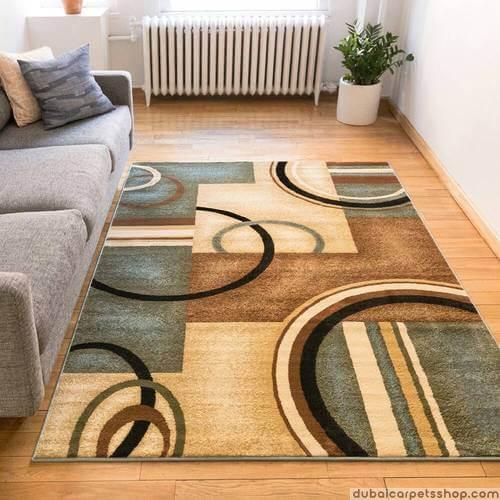The Timeless Beauty of Persian Rugs: A Guide to Choosing the Perfect Rug
Persian rugs have been a symbol of luxury and sophistication for centuries. Known for their intricate designs and high-quality materials, these rugs can add warmth, elegance, and character to any room. If you're considering adding a Persian rug to your home, here's a guide to choosing the perfect one.
Understand the History
Before choosing a Persian rug, it's important to understand the history behind these beautiful creations. Persian rugs have been handwoven in Iran (formerly known as Persia) for over 2,500 years. Each rug is unique and reflects the culture and artistry of the weaver. Persian rugs were originally made for practical purposes, such as to cover floors and walls, but they soon became highly valued for their beauty and intricate designs.
Choose the Right Material
The first thing to consider when choosing a Persian rug is the material. Persian rugs are typically made from natural materials, such as wool, silk, and cotton. Wool is the most common material used in Persian rugs and is known for its durability and ability to hold color. Silk is also used in Persian rugs and is valued for its softness and luster. Cotton is often used as the foundation of the rug, providing strength and stability.
Consider the Knot Count
The knot count of a Persian rug refers to the number of knots per square inch. A higher knot count typically indicates a higher quality rug, as it takes more time and skill to weave a rug with a higher knot count. However, knot count is not the only factor to consider when choosing a Persian rug. Other factors, such as the design, color, and material, are also important.
Choose the Right Design
Persian rugs are known for their intricate designs, which often feature floral motifs, medallions, and geometric shapes. Each design has its own meaning and significance, reflecting the culture and history of the weaver. Some popular designs include:
Tabriz: Tabriz rugs are known for their intricate floral designs and bright colors. They are often considered some of the most beautiful and valuable Persian rugs.
Isfahan: Isfahan rugs are known for their intricate medallion designs and delicate colors. They are often considered some of the most elegant and refined Persian rugs.
Heriz: Heriz rugs are known for their bold geometric designs and earthy colors. They are often considered some of the most durable and practical Persian rugs.
Consider the Size
The size of a Persian rug should be proportional to the size of the room and the furniture in the space. As a general rule of thumb, the rug should be large enough to fit under all of the furniture in the seating area, or at least the front legs of the furniture. If you have a smaller space, a smaller rug may work better, but be sure to leave some space around the edges of the rug to create a balanced look.
Think About the Color
The color of a Persian rug can have a big impact on the overall look of a space. Persian rugs often feature rich, saturated colors, such as red, blue, and gold. When choosing a rug, consider the colors in your furniture and decor, as well as the overall color scheme of the room. If you're unsure of which color to choose, consider a rug with a more neutral color palette, such as beige or ivory.
Conclusion
A Persian rug can be a beautiful and timeless addition to any room in your home. By considering the material, knot count, design, size, and color of the rug, you can choose one that enhances the overall look and feel of your space. At our Persian Rug shop, we offer a wide selection of authentic and high-quality Persian rugs, each with its own unique


.jpg)
Comments
Post a Comment